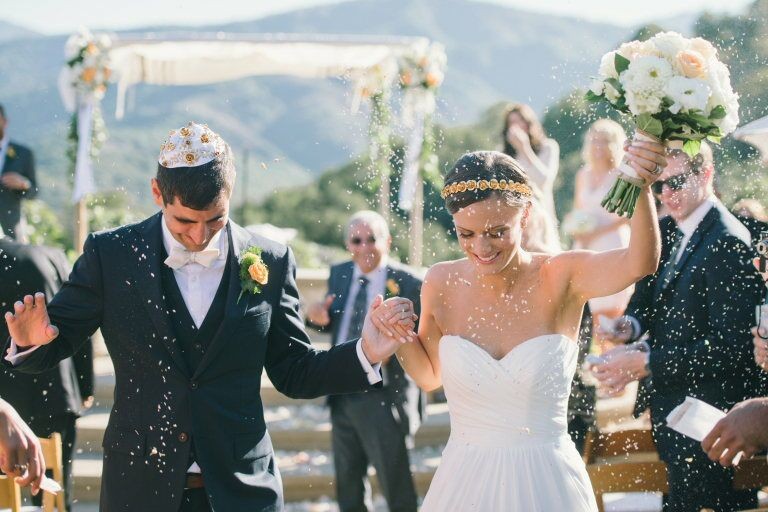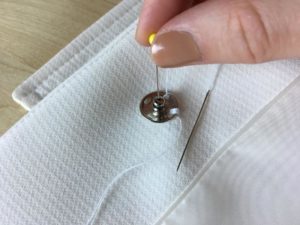
What are the few traditions in a Jewish wedding?

In Jewish culture, wedding is one the most important events of the life cycle. Images from the mid-eighteenth century to the end of the nineteenth century show the diversity of Jewish wedding traditions that have evolved over time as cultural contexts changed and religious ceremonies and practices changed. Even if your wedding is not Jewish, you might have heard about the rituals of breaking the glass. We will show you five traditions, but each wedding is as unique as your marriage.
The Tisch is a moment of celebration
According to the Jewish tradition, couples must not face each other until the time of the ceremony. It is why two separate receptions are held. The Tisch is the groom’s reception and it is already common to find other options among couples such as the option of welcoming the guests as they arrive, but it all depends on your personal preference. Tisch is English word that literally means “table”. It is common to have plenty of food for guests before the ceremony begins.
The Ketubah
The Ketubah is the document where the wedding date is recorded, the names of the bride and groom and the vows of each one to the other, etc. It is a very special moment for Jewish couples. It can be decorated in many ways, making it more personal for both of you. Traditionally, it is written in Aramaic, a branch of the Semitic languages with a history of at least 3,000 years.
Badekenish, Bedekung, or Bade ken
The Bade ken is one of the most emotional and long-awaited traditions where the bride and groom meet each other for the first time. As a rule, only family members, close friends and the occasional privileged person can participate in this meeting, but more and more couples share that moment with all the guests. If you are in search for the best Jewish wedding organizer, feel free to visit Marbella-wedding.com.
Seven blessings
A key part of the ceremony is The Seven Blessings. It is done just at the moment after the delivery of the ring to the bride and both grooms have been consecrated in marriage. They are seven blessings that the Rabbi, and the relatives and friends of the couple, recite to bless their union. It is a moment full of emotion for the new couple that begins. It is the last public act of the marriage before the moment of breaking the glass.
Breaking the glass
Jewish marriages always end in a well-known and popular tradition: breaking the glass. A tradition that symbolizes the destruction of the Temple of Jerusalem and that reminds the bride and groom that despite living happy moments, there are difficult moments that they must overcome together.

